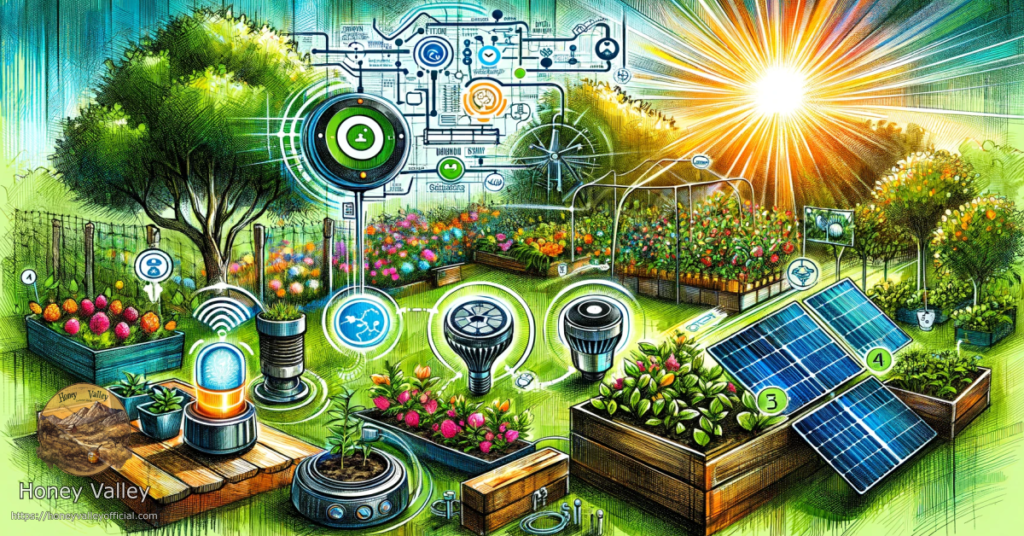Strawberries are a delightful and nutritious fruit that many people enjoy growing in their own gardens. Whether you are a seasoned gardener or a beginner, you may be wondering if it is possible to grow strawberries from cuttings or seeds. In this article, we will explore both methods and discuss the pros and cons of each.
Growing Strawberries from Cuttings
One way to propagate strawberries is through cuttings, also known as runners. These are the long, slender stems that extend from the mother plant and eventually develop into new plants. Here are the steps to grow strawberries from cuttings:
- Identify a healthy and vigorous strawberry plant with well-established runners.
- Select a strong and disease-free runner that is at least 6 inches long.
- Gently dig a small hole in the soil near the mother plant.
- Place the runner in the hole, making sure the roots are covered with soil.
- Water the newly planted runner regularly to keep the soil moist.
- After a few weeks, the runner will develop roots and can be separated from the mother plant.
- Transplant the new strawberry plant to its permanent location in the garden.
Growing strawberries from cuttings can be a rewarding process as it allows you to create new plants from an existing one. However, it does require patience and careful monitoring of the newly planted runners to ensure their successful establishment.
Growing Strawberries from Seeds
Another method of growing strawberries is from seeds. While it is less common than using cuttings, growing strawberries from seeds can be an interesting and educational experience. Here are the steps to grow strawberries from seeds:
- Obtain high-quality strawberry seeds from a reputable source.
- Fill a seed tray or small pots with a well-draining potting mix.
- Moisten the soil with water, ensuring it is evenly damp but not waterlogged.
- Sow the strawberry seeds on the surface of the soil, gently pressing them down.
- Cover the seeds with a thin layer of soil or vermiculite.
- Place the seed tray or pots in a warm and well-lit area, such as a sunny windowsill.
- Keep the soil consistently moist by watering from the bottom or using a misting spray.
- After a few weeks, the strawberry seeds will germinate and develop into seedlings.
- Transplant the seedlings into larger pots or directly into the garden when they have grown a few sets of true leaves.
Growing strawberries from seeds can be a more time-consuming process compared to using cuttings. It requires careful attention to the seedlings’ needs and ensuring they receive adequate light, water, and nutrients for healthy growth.
Pros and Cons
Both methods of growing strawberries have their advantages and disadvantages. Here’s a summary:
Advantages of Growing from Cuttings:
- Quicker establishment of new plants.
- Genetically identical to the mother plant.
- Can be propagated from a healthy and productive plant.
Disadvantages of Growing from Cuttings:
- Requires an existing strawberry plant with runners.
- May spread diseases or pests from the mother plant.
- Limited variety selection compared to seeds.
Advantages of Growing from Seeds:
- Wide variety selection, including heirloom and unique cultivars.
- Can be grown indoors or in colder climates.
- Opportunity for experimentation and learning.
Disadvantages of Growing from Seeds:
- Longer time to establish new plants.
- Greater variability in plant characteristics.
- Requires more attention to seedling care.
Ultimately, the choice between growing strawberries from cuttings or seeds depends on your preferences, available resources, and gardening goals. Both methods can be successful with proper care and attention. Whichever method you choose, the joy of harvesting your own homegrown strawberries will be equally rewarding.


